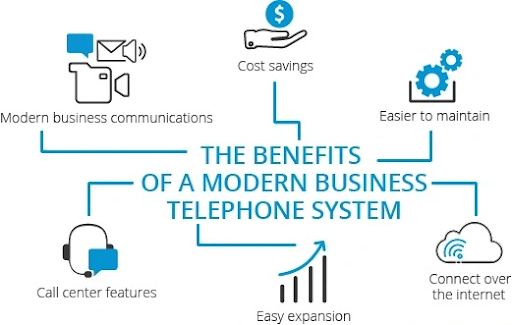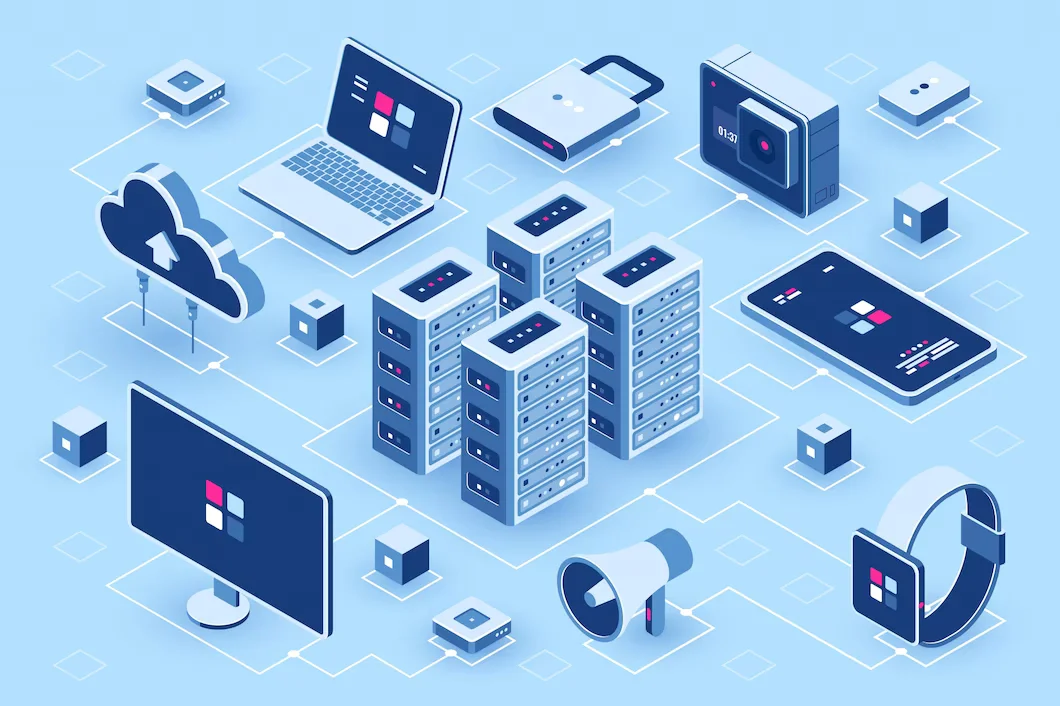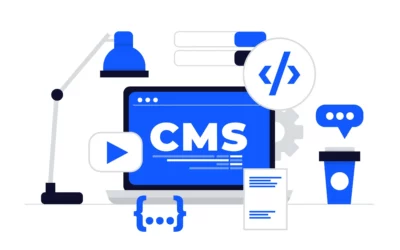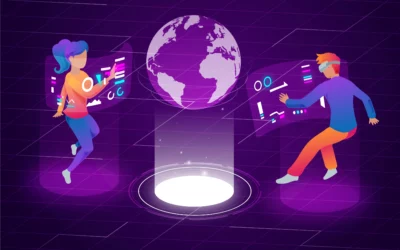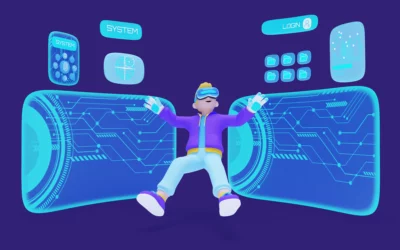Session Initiation Protocol or SIP
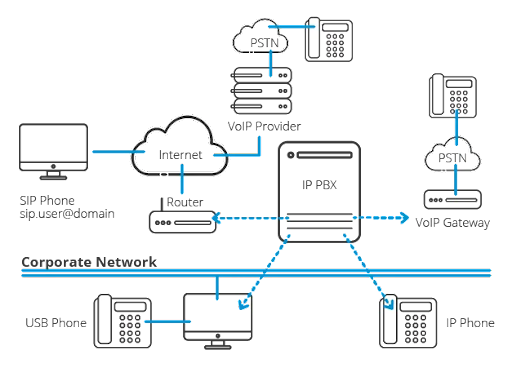
Session Initiation Protocol or SIP is an application layer protocol that allows you to use your phone system through the internet rather than traditional phone lines. To connect to a telephone network, many customers use a backbone of phone lines known as trunking.
An on-premise phone system and the public switched telephone network, also referred to as the PSTN(Public Switched Telephone Network), are interconnected by SIP Trunks, which provide Voice over Internet Protocol (VoIP) access. An existing PBX for phone service, for instance, might already be present in a workplace. To connect to the outside world, SIP trunks provide phone service for the entire office.
The messages that are transmitted between endpoints and that control call establishment, call termination, and other crucial aspects are defined by the SIP protocol. SIP can be used to start, change, and end sessions that include one or more media streams. SIP is a protocol for the application layer that is made to be independent of the transport layer underneath. It is a text-based protocol that borrows heavily from both the Simple Mail Transmission Protocol (SMTP) and the Hypertext Transfer Protocol (HTTP) (SMTP).
SIP trunking is a cost-effective way to operate your small business phone system, but it isn’t for everyone. There is no longer a need for physical lines and you may also quickly change your phone provider or add extra phone lines without any complications or the need to obtain new hardware.
Advantages of SIP Trunking
The messages that are sent between endpoints are governed by the SIP protocol and this protocol governs the establishment, termination, and other essential aspects of a call. Sessions with one or multiple media streams can be created, modified, and terminated with SIP. SIP is a protocol for the application layer that is designed to work independently of the transport layer that is underneath it. Many aspects of the Hypertext Transfer Protocol (HTTP) and the Simple Mail Transfer Protocol (SMTP) are incorporated into this text-based protocol.
The feature used for larger businesses: System switchboards are no longer required. Yet, organizations may manage phone calls more effectively thanks to enhanced queue techniques, auto attendants, call forwarding rules, and online switchboard choices. To improve training and customer service, modern technologies enable supervisors to record calls, listen in on calls, or take over.
Remote Work and Mobility: Users can still manage their communications using a web browser or their mobile phone, even if they are not in an office. Users can call a colleague’s extension, take incoming calls, or call external numbers through a web or mobile app. They can also forward calls, see caller ID, and transfer calls. Additionally, some office phone systems combine business messaging with video.
Compatibility with Other Software: Cloud computing is becoming more prevalent in business software. For instance, CRMs can be integrated with an IP PBX. Businesses would be able to sync contacts and manage information from a single location with this.
Reliable and Uninterrupted Flow of Service: Traditional phone services are often interrupted because of severe weather, among other factors affecting telephone systems such as accidents. SIP trunking enables the use of phones even if failure occurs by allowing for the re-routing of calls to other devices or offices.
SIP trunking is an appealing option for businesses with a distributed business and multiple locations. You simply add the branch to your LAN and route more bandwidth to that location when a new branch location opens to add voice services.
Besides this, there are more advantages of the PBX System Using the Session Initiation Protocol.
